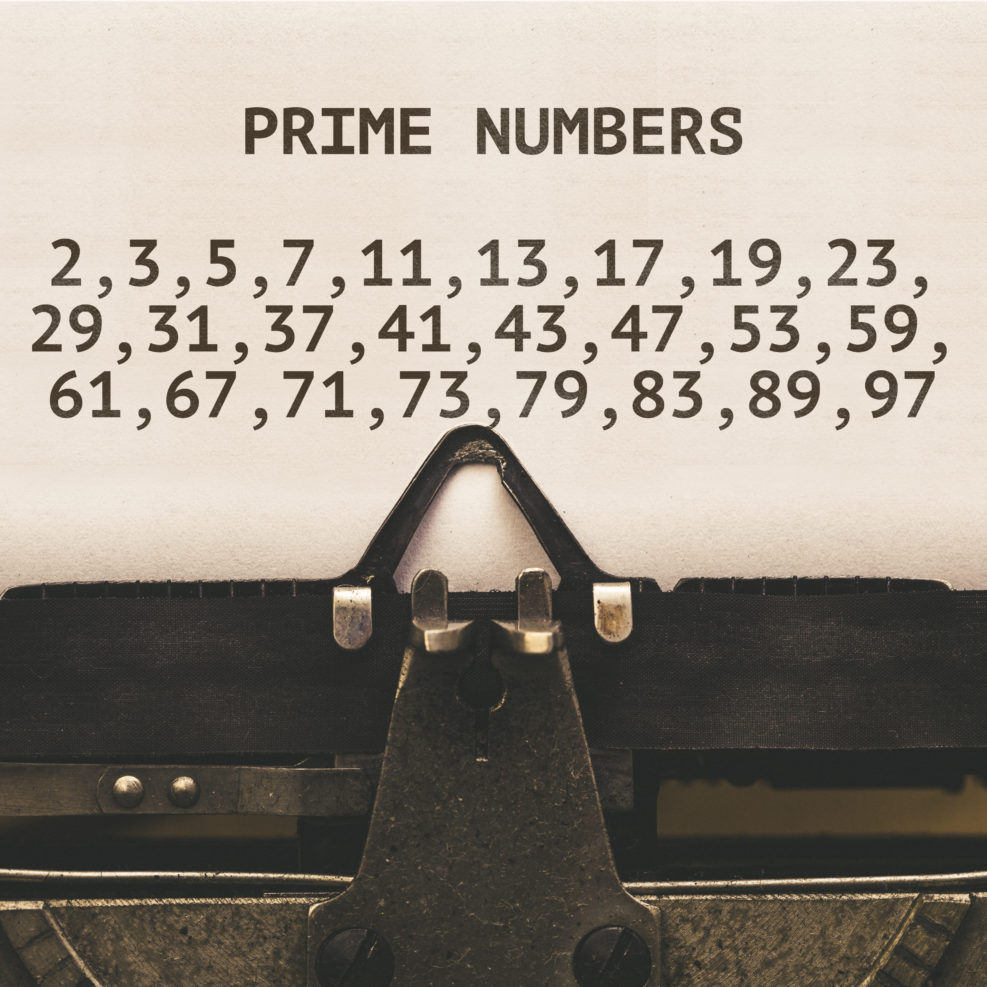
TagOmega number


The “Jump” of Chaitin’s Omega Number
Gregory Chaitin explains, “For any infinity, there’s a bigger infinity, which is the infinity of all subsets of the previous step”In last week’s podcast, “The Chaitin Interview V: Chaitin’s Number,” Walter Bradley Center director Robert J. Marks asked mathematician Gregory Chaitin (best known for Chaitin’s unknowable number) if the unknowable number could prove (or disprove) Goldbach’s Conjecture that every even number can be expressed as the sum of two primes. This task is harder than it first appears because even numbers go on indefinitely. A proof that Christian Goldbach (1690–1764) was right or wrong must show that even numbers must be like that, no matter how big they are or how many of them there are. This time out, Dr. Marks and Dr. Chaitin discuss what we can know about Omega numbers — and where famous mathematicians are buried. This Read More ›

Could Chaitin’s Number Prove Goldbach’s Conjecture At Last?
Chaitin notes that the problem grows exponentially and the calculations get quite horrendousIn last week’s podcast, “The Chaitin Interview V: Chaitin’s Number,” Walter Bradley Center director Robert J. Marks continued his conversation with mathematician Gregory Chaitin, best known for Chaitin’s unknowable number. One thing they discussed was the usefulness of philosophy, with Chaitin saying that if he had had to do practical work 60 years ago, there wouldn’t be practical research today based on the Omega number. But then they turned to the question of whether the unknowable number could prove Goldbach’s famous Conjecture: This portion begins at 17:17 min. A partial transcript, Show Notes, and Additional Resources follow. Robert J. Marks (pictured): The poster problem for the Turing halting problem, is Goldbach’s Conjecture, which says that every even number can be Read More ›

Why Impractical Things Like Philosophy Are Actually Quite Useful
Chaitin argues that the human spirit is capable of doing both practical things and impractical things which may have practical consequences laterIn last week’s podcast,, “The Chaitin Interview V: Chaitin’s Number,” Walter Bradley Center director Robert J. Marks continued his conversation with mathematician Gregory Chaitin, best known for Chaitin’s unknowable number. Last time, they looked at how Chaitin’s unknowable number relates to computer pioneer Alan Turing’s vexing halting problem in computer science. This time, they look at the way pure mathematics has a way of being highly practical: It creates a basis for new understanding, leading to technical breakthroughs: This portion begins at 09:50 min. A partial transcript, Show Notes, and Additional Resources follow. Gregory Chaitin: There are always going to be a few of us who like to do practical things. That’s part of my personality too, but there’s also, Read More ›

Chaitin’s Number Talks To Turing’s Halting Problem
Why is Chaitin’s number considered unknowable even though the first few bits have been computed?In last week’s podcast,, “The Chaitin Interview V: Chaitin’s Number,” Walter Bradley Center director Robert J. Marks continued his conversation with mathematician Gregory Chaitin( best known for Chaitin’s unknowable number) on a variety of things mathematical. Last time, they looked at whether the unknowable number is a constant and how one enterprising team has succeeded in calculating at least the first 64 bits. This time, they look at the vexing halting problem in computer science, first identified by computer pioneer Alan Turing in 1936: https://episodes.castos.com/mindmatters/Mind-Matters-128-Gregory-Chaitin.mp3 This portion begins at 07:16 min. A partial transcript, Show Notes, and Additional Resources follow. Robert J. Marks: Well, here’s a question that I have. I know that the Omega or Chaitin’s number is based Read More ›

Is Chaitin’s Unknowable Number a Constant?
One mathematics team has succeeded in the first 64 bits of a Chaitin Omega numberIn this week’s podcast, “The Chaitin Interview V: Chaitin’s Number,” Walter Bradley Center director Robert J. Marks continued his conversation with mathematician Gregory Chaitin, best known for Chaitin’s unknowable number. In this segment, Dr. Marks and Dr. Chaitin discuss whether the unknowable number is really a number… or is it a constant? In earlier podcasts linked below, they have discussed a variety of topics ranging from gifted mathematicians of the past through how to understand creativity in a mathematical way—and more. https://episodes.castos.com/mindmatters/Mind-Matters-128-Gregory-Chaitin.mp3 This portion begins at 01:32 min. A partial transcript, Show Notes, and Additional Resources follow. Robert J. Marks (pictured): I want to clear up something first of all. Stanford’s Thomas Cover and Joy Thomas wrote a book that Read More ›